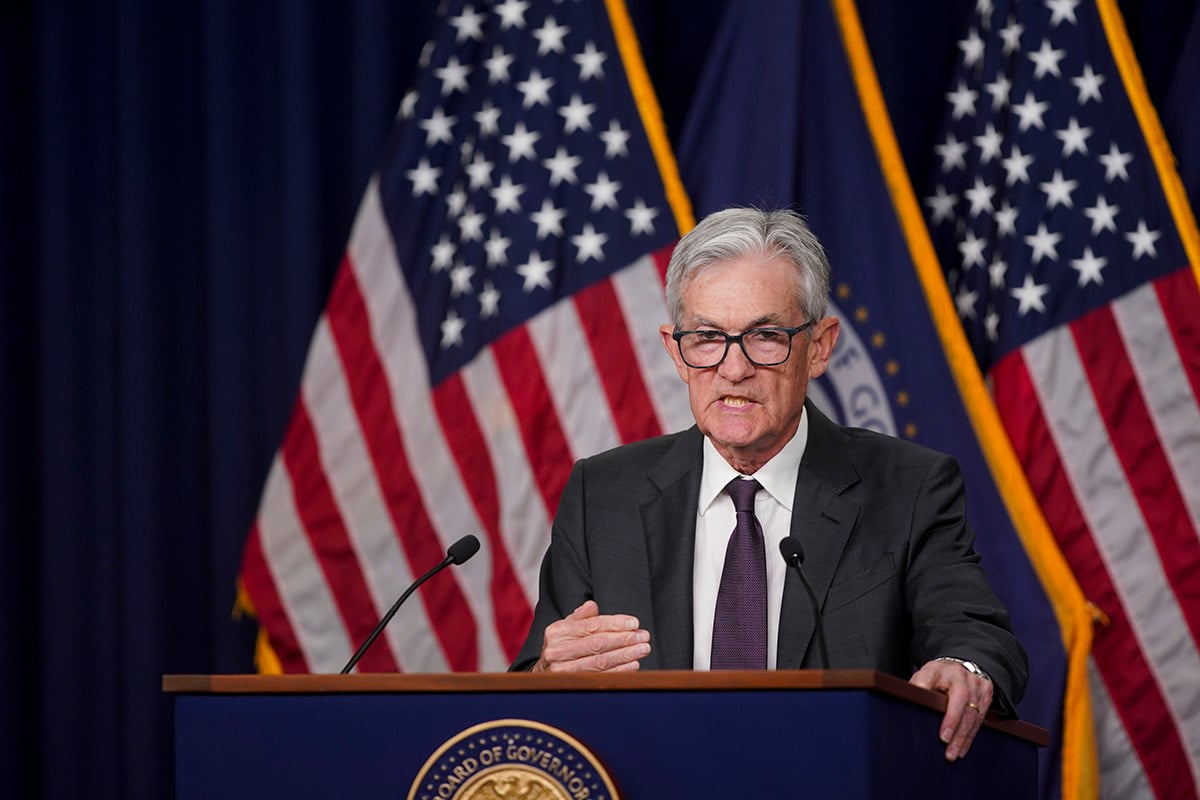The debate over interest-rate increases is set to intensify at this week's meeting of Federal Reserve policy makers, even if it is not expected to yield a clear signal on the timing of the next move.
A statement to be published Wednesday at 2 p.m. in Washington at the conclusion of the rate-setting Federal Open Market Committee's (FOMC's) two-day gathering will probably acknowledge better news on the economy since the last meeting in mid-June. But it is expected to fall short of telegraphing that a hike is right around the corner, and there is no post-meeting press conference with Fed Chair Janet Yellen to drop further clues.
Last month, FOMC voters unanimously agreed to leave the target range for the U.S. central bank's policy rate unchanged at 0.25 percent to 0.5 percent amid uncertainty following a sharp deceleration in U.S. job growth in May and ahead of the British referendum on European Union membership a few days later on June 23.
Now, however, with the combination of a strong rebound in the employment data and stocks at record highs despite U.K. voters' decision to leave the EU, the voices of those in favor of higher rates are likely to come back to the fore.
“It will be contentious,” said Jonathan Wright, an economics professor at Johns Hopkins University in Baltimore and a former Fed economist. “There are big differences of opinion.”
FOMC Divided
The committee is divided between those who believe rates need to be increased this year—and maybe more than once—to reflect momentum in U.S. growth, and those who believe “neutral” rates are so low that risk-management considerations dictate a more cautious approach, Wright said.
The neutral rate of interest is the level that neither spurs nor slows the economy. The FOMC has already lowered its estimate of where the long-run rate lies, to 3 percent in its June quarterly forecast from 3.75 percent a year earlier. Some officials say it could be even lower.
Wright expects Kansas City Fed President Esther George, who dissented against decisions in March and April to leave rates unchanged but endorsed the same decision in June, to resume advocating for higher rates this week.
George may have some company in arguing that a move is warranted. Directors at six of the 12 regional Fed banks voted in favor of a discount rate increase prior to the June 14-15 FOMC meeting, including St. Louis, Boston, and Cleveland, all of whose presidents are policy voters in 2016.
The first paragraph of the FOMC's post-meeting statement is most ripe for revision, according to Thomas Costerg, a senior U.S. economist at Standard Chartered Bank in New York.
The June statement noted that “the pace of improvement in the labor market has slowed” and “job gains have diminished,” but that was before a Labor Department report, released July 8, showed employers added 287,000 workers to payrolls in June following net job creation of just 11,000 in May.
“The statement will probably show a better characterization of growth on the back of strong retail sales and job growth,” Costerg said.
Suspense over Fed Statement
Beyond that, the question is whether Fed officials can agree on whether it's appropriate to nudge investors further in the direction of anticipating a rate increase at the next FOMC meeting in September, said Ken Matheny, a senior economist at Macroeconomic Advisers LLC in St. Louis.
While various regional Fed presidents have weighed in on the policy debate in recent weeks, Yellen has not spoken publicly since the June 15 FOMC press conference. Her next public speech is on Aug. 26, at the Kansas City Fed's annual policy retreat in Jackson Hole, Wyoming.
Prices of futures contracts linked to the benchmark federal funds rate suggest the chances of a September hike are roughly one in four.
In April, the FOMC refrained from inserting language into the statement that would indicate a bias toward an increase at its next meeting, even though minutes of the April meeting released three weeks later showed that some officials believed investors weren't taking the possibility seriously.
One way the committee could signal an intent to move would be by providing an assessment of the balance of risks to the economy. That language was conspicuously dropped by the FOMC from its January statement after financial-market turmoil and a dimmer outlook for global growth intensified the headwinds confronting U.S. job creation and inflation.
“There is a little bit of suspense with the upcoming statement,” Matheny said. “I suspect the committee will be in a roughly similar position, hesitant to characterize the risks as balanced.”
Complete your profile to continue reading and get FREE access to Treasury & Risk, part of your ALM digital membership.
Your access to unlimited Treasury & Risk content isn’t changing.
Once you are an ALM digital member, you’ll receive:
- Thought leadership on regulatory changes, economic trends, corporate success stories, and tactical solutions for treasurers, CFOs, risk managers, controllers, and other finance professionals
- Informative weekly newsletter featuring news, analysis, real-world case studies, and other critical content
- Educational webcasts, white papers, and ebooks from industry thought leaders
- Critical coverage of the employee benefits and financial advisory markets on our other ALM sites, PropertyCasualty360 and ThinkAdvisor
Already have an account? Sign In Now
*May exclude premium content© 2025 ALM Global, LLC, All Rights Reserved. Request academic re-use from www.copyright.com. All other uses, submit a request to [email protected]. For more information visit Asset & Logo Licensing.





